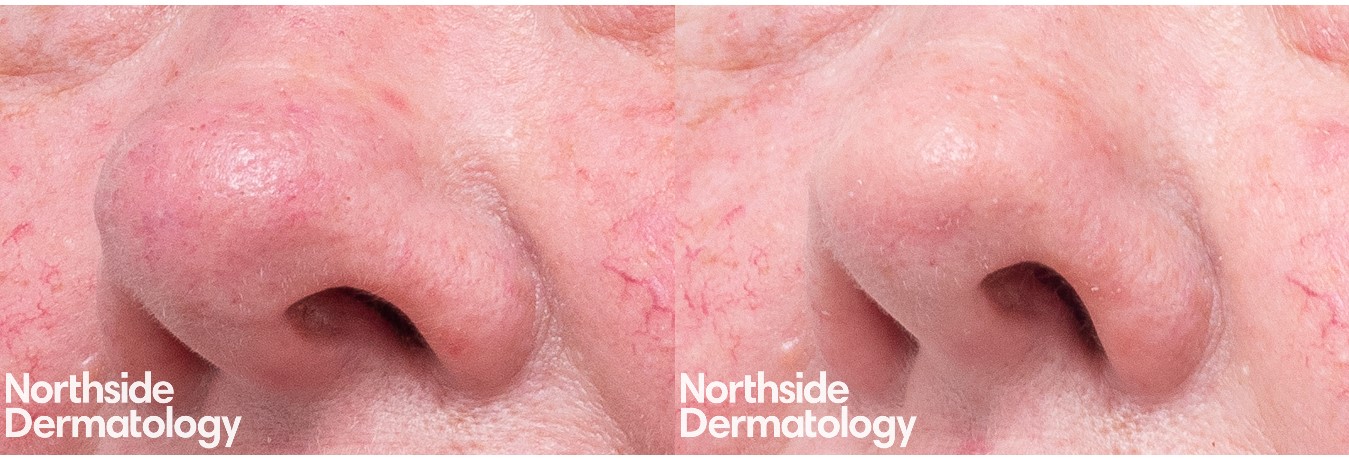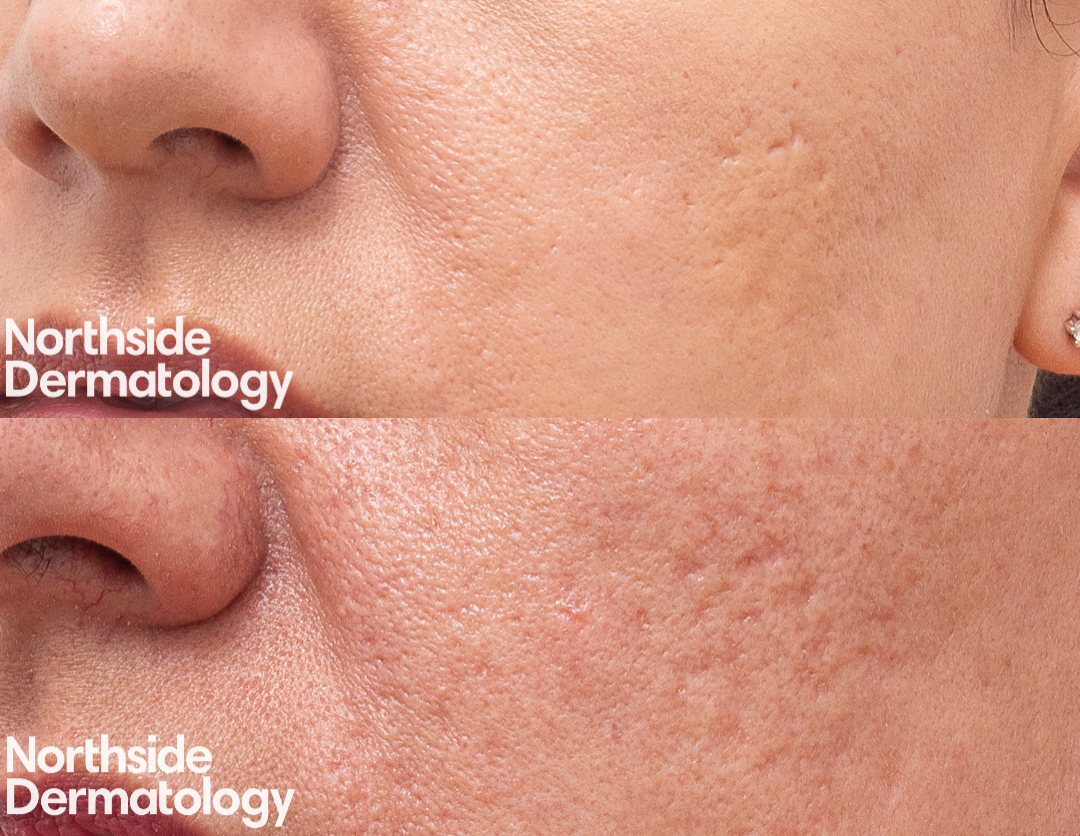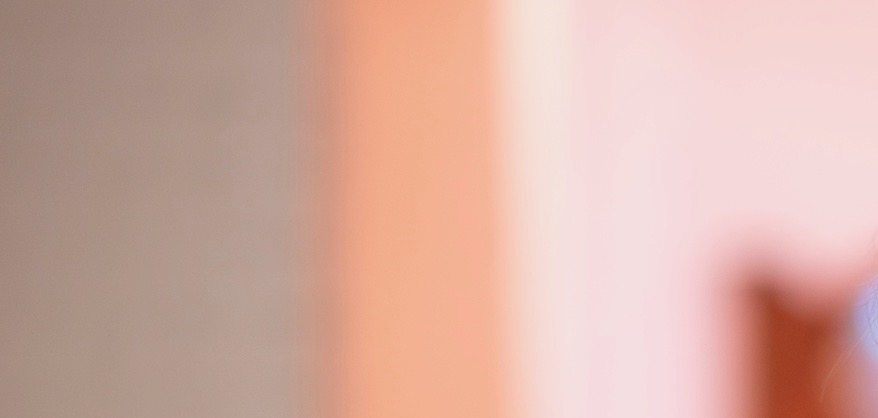
CO2 Laser Skin Resurfacing Treatment
- Fractional ablative laser, gold standard in skin resurfacing
- Skin resurfacing and deeper skin remodelling
- Customisable treatment
- Broad range of clinical applications, including acne scars and severe sun damage
- For use on the face and body
- Increased safety profile
- Enhanced patient comfort
- Visible improvement with only one treatment
- Lasting results
Before & After
Before and 6 weeks after 1 treatment with high density Co2 resurfacing
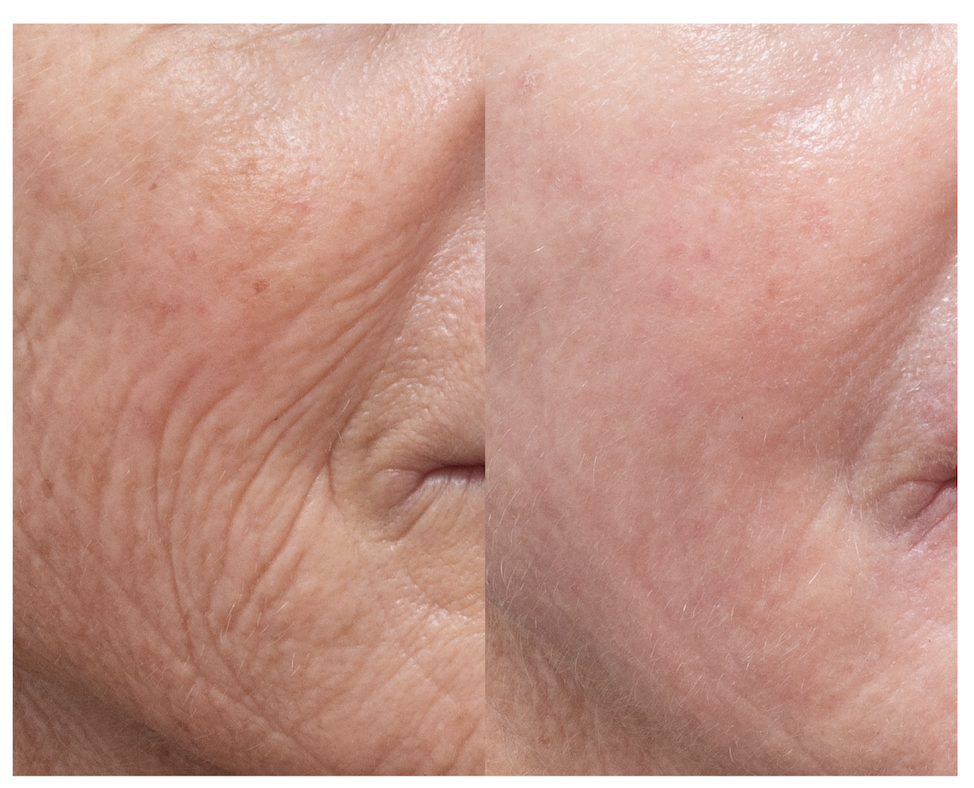
Actual patients of Northside Dermatology. Photos are taken with our standardised clinical photography system and published with the patient’s consent. Individual results may vary. A thorough consultation is required prior.
Before and after photos 2 weeks and 2 months after one session of CO2 laser resurfacing to a skin graft.
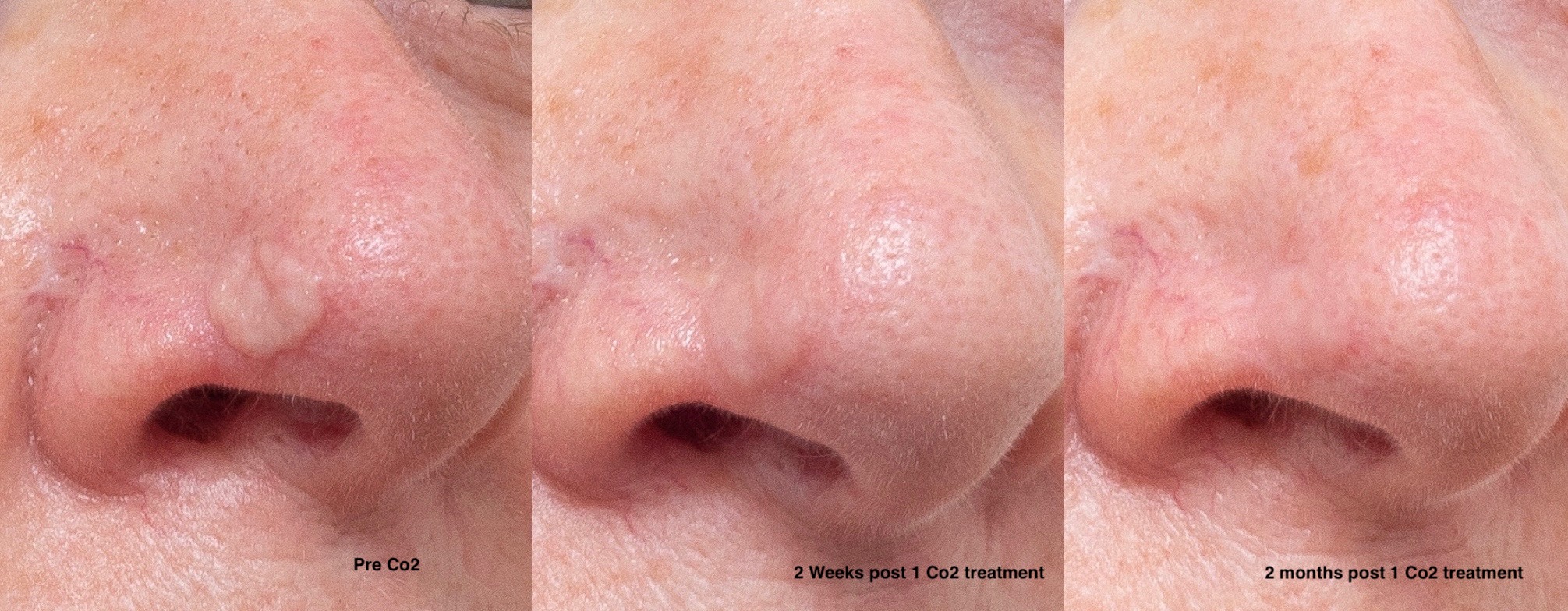
Before and after 1 treatment with CO2 resurfacing laser + vascular laser for an old surgical scar on the nasal tip.

B and A photos after 1 session of co2 for skin graft on the nose
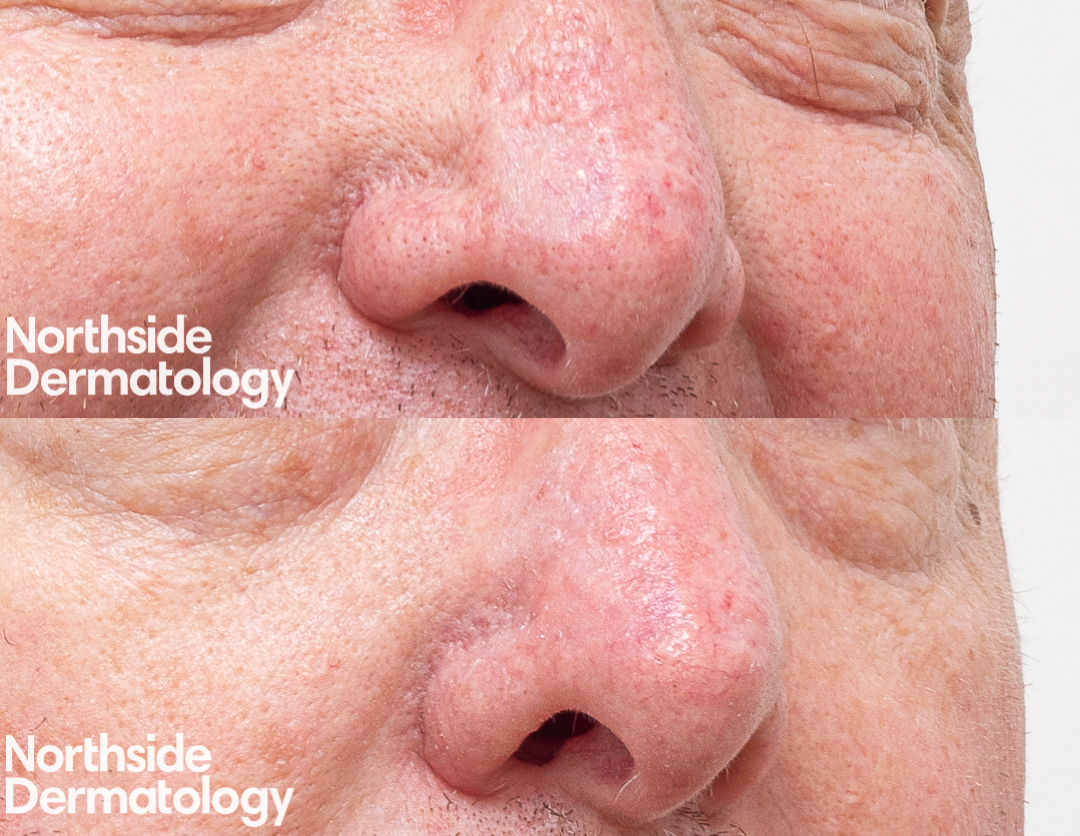
B and A after co2 laser resurfacing for a deep traumatic scar (surf board injury)
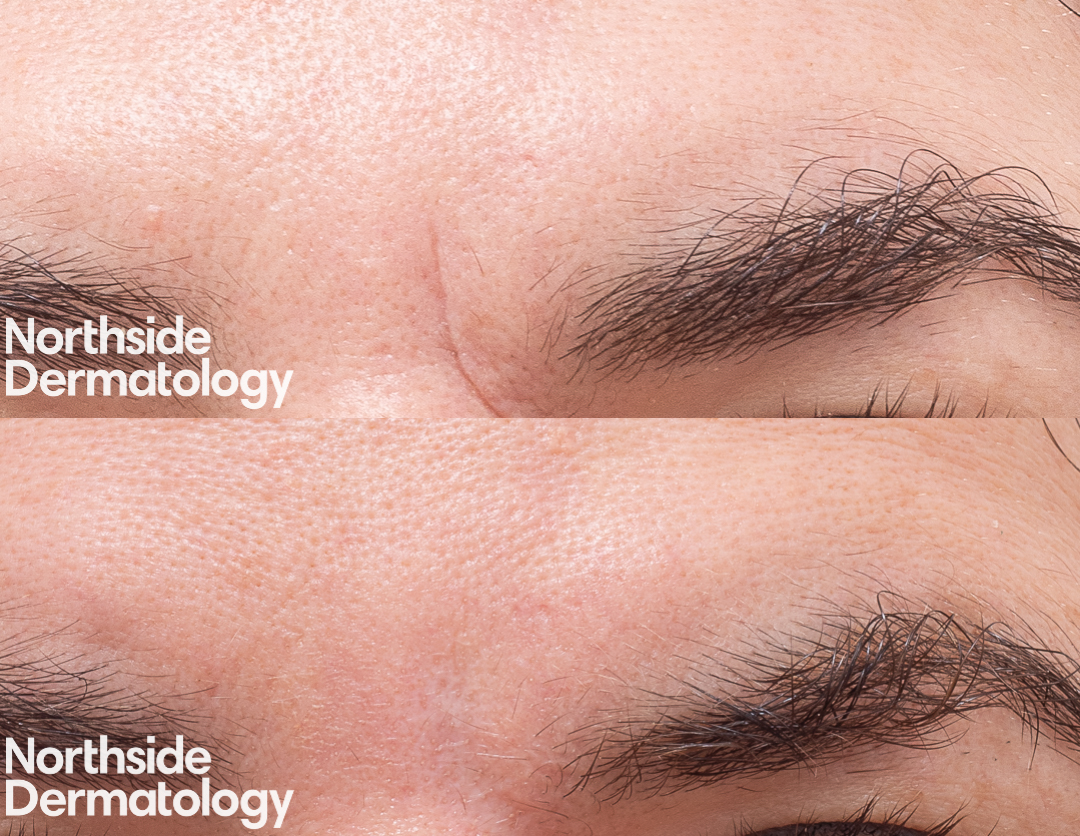
B and A after 1 treatment with subcision and co2 laser
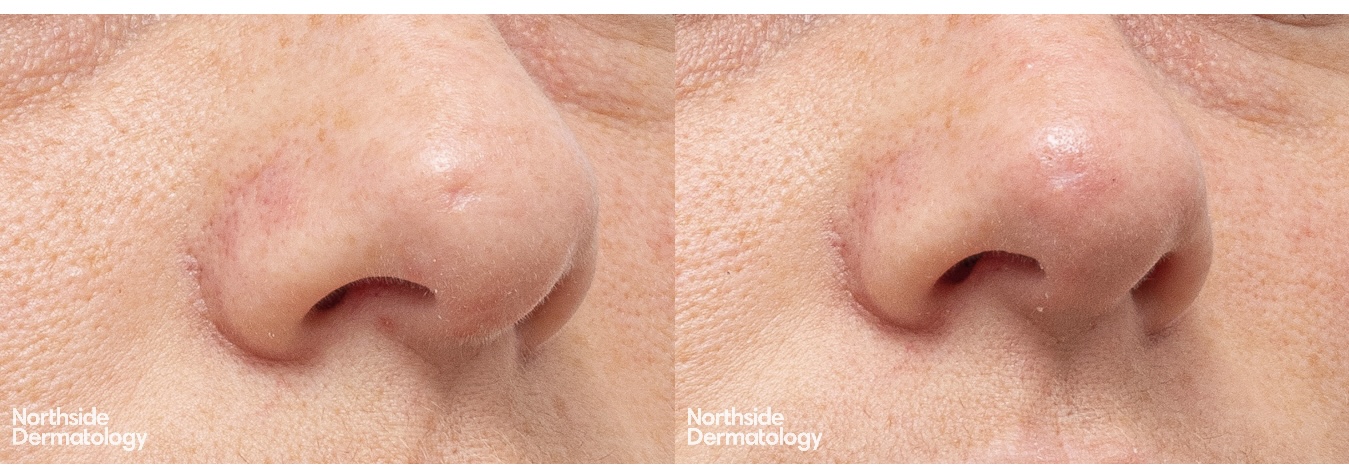
Before and after 1 treatment with CO2 resurfacing laser for rhinophyma (enlarged nasal tip, a feature of rosacea). Note the improvement in the nasal tip size, contouring and redness (no vascular laser used here)

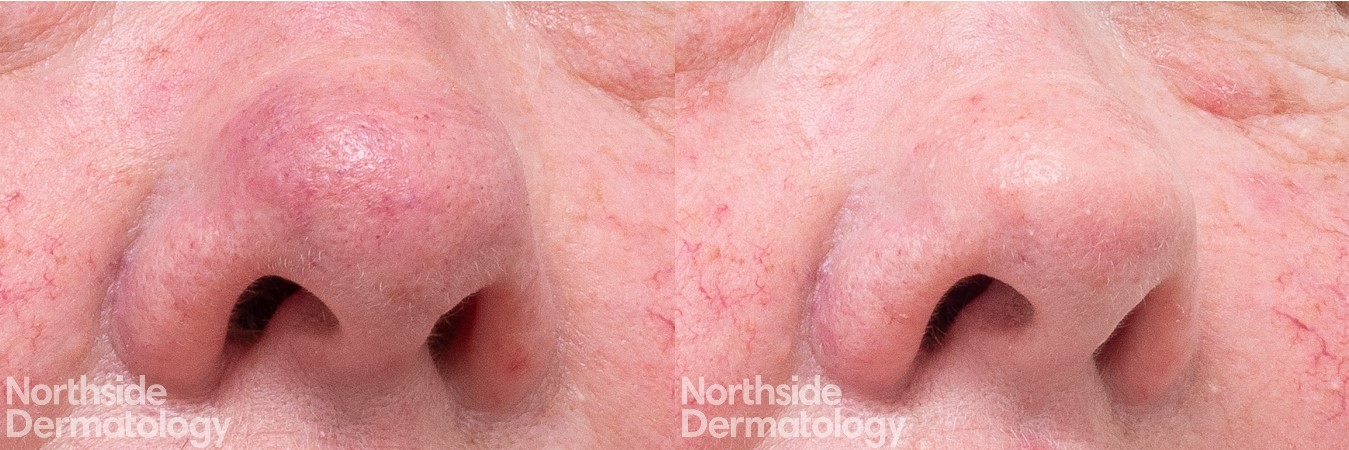
Before and after photos 2 months after CO2 laser resurfacing to face. Note the improvement in skin texture and tightness, jawline definition and static lines around the mouth. No injectables are used here. The skin will continue to improve for up to 9 months after a Co2 laser resurfacing procedure.
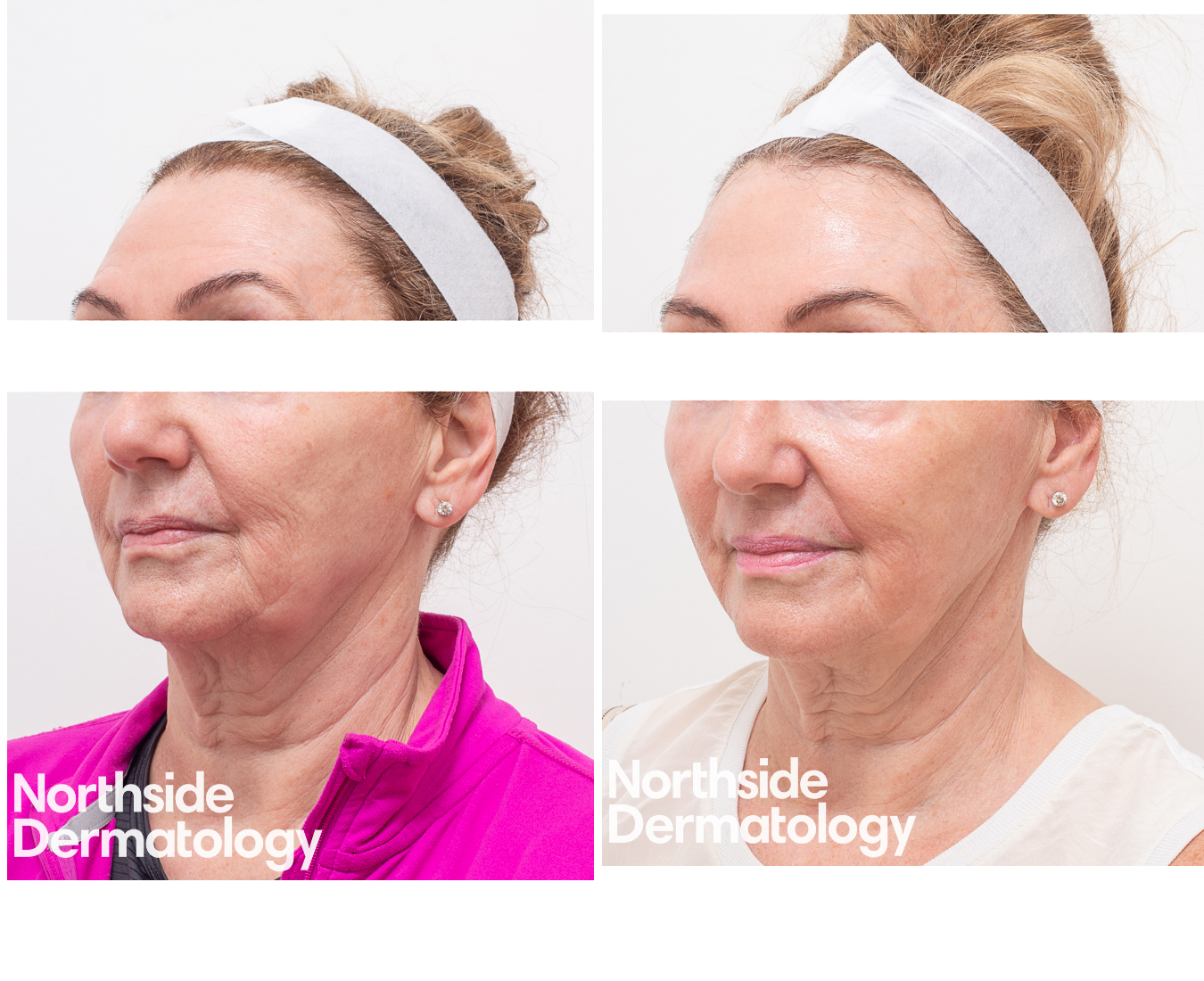
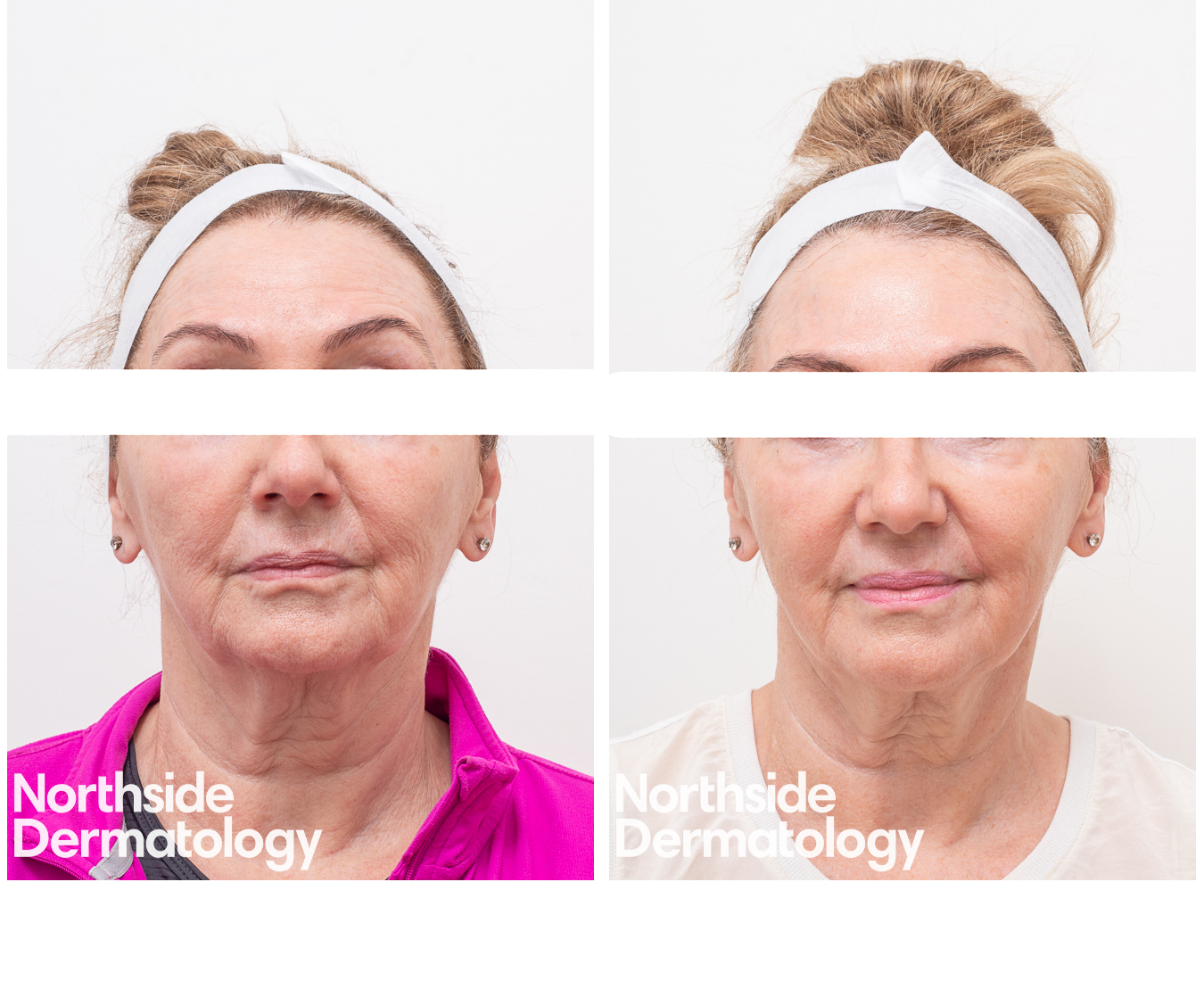
Before after photos 4 weeks post one session of Co2 laser resurfacing.
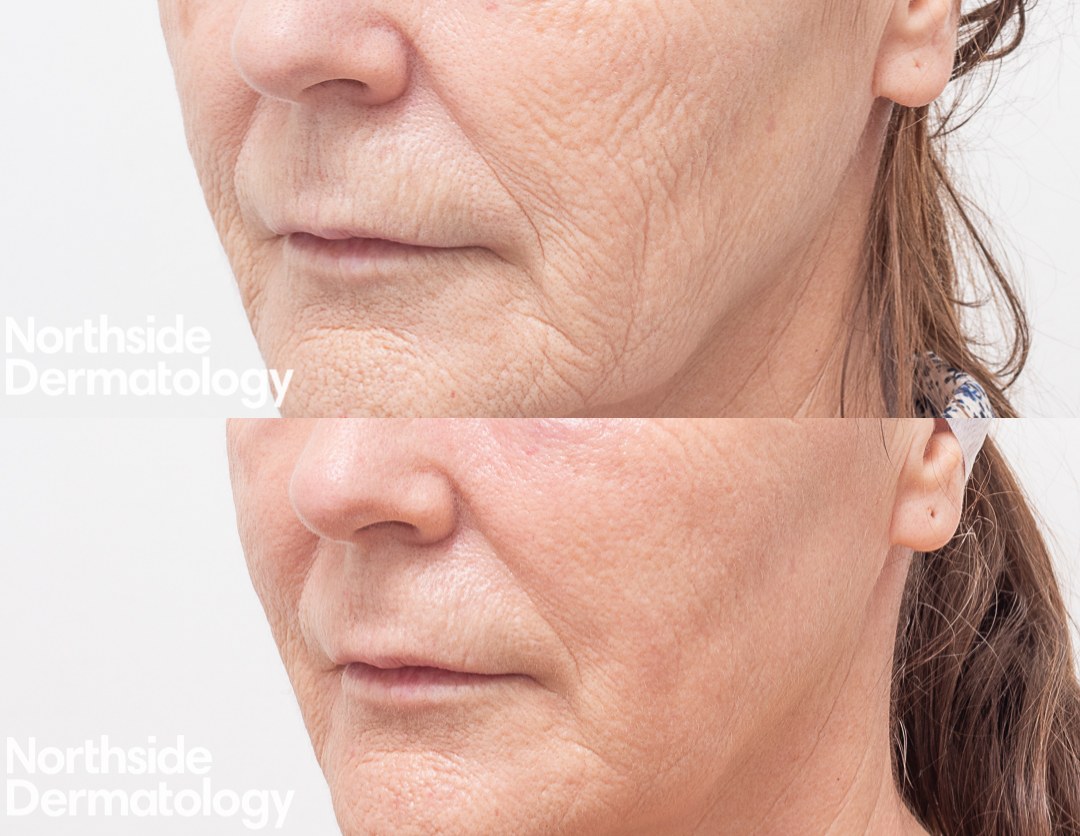
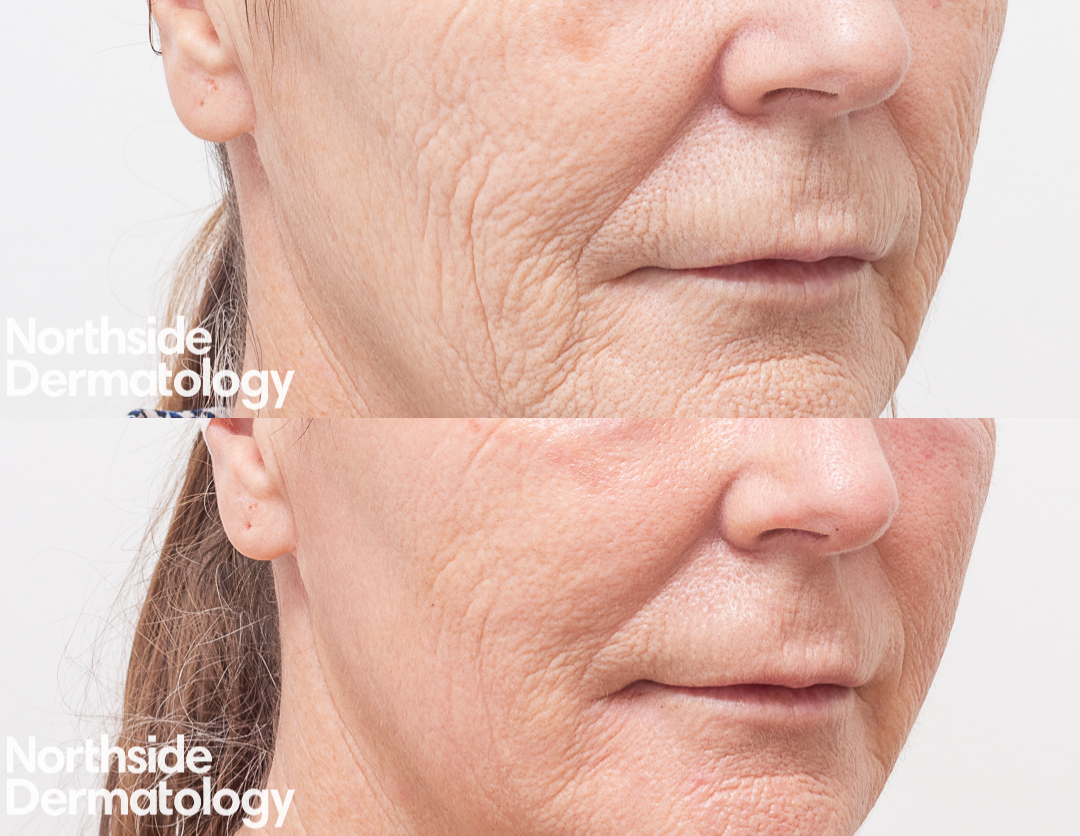
Before and after photos 2 weeks apart after CO2 laser resurfacing to the large pigmented lesion on the forehead (benign seborrheic keratosis)
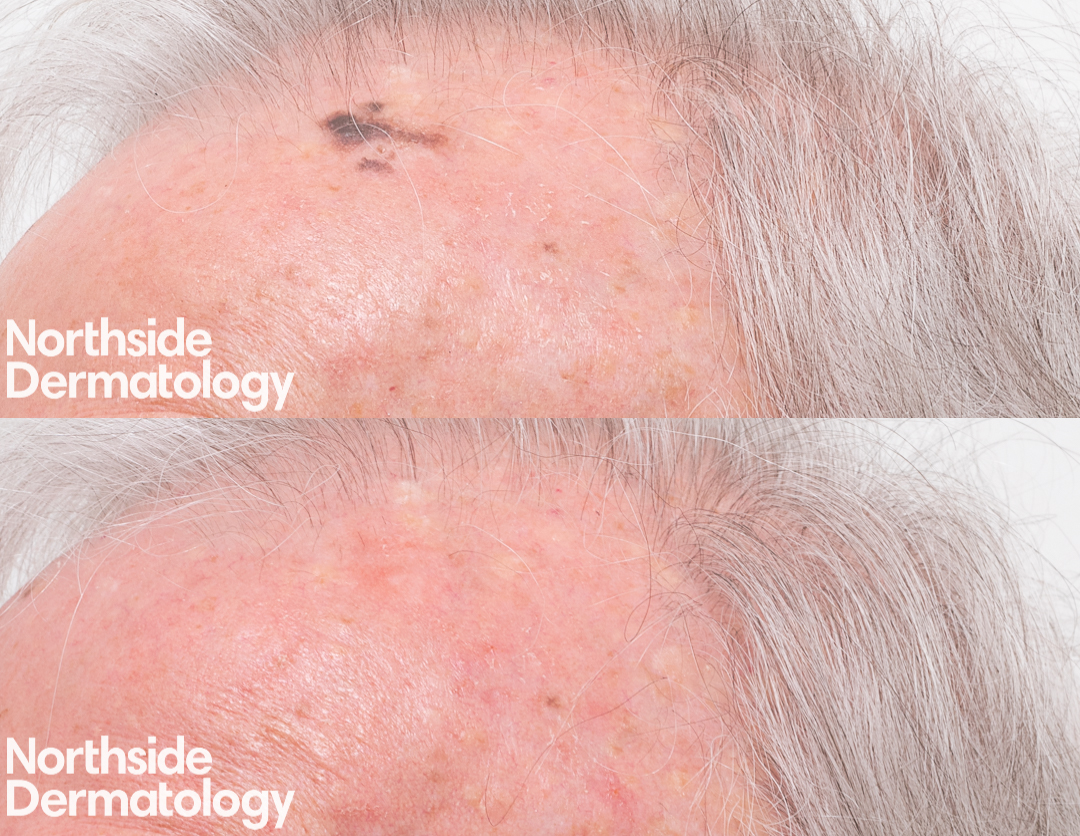
Before and after photos 6 weeks apart after CO2 laser resurfacing to the forehead for actinic keratosis and solar dyschromia.
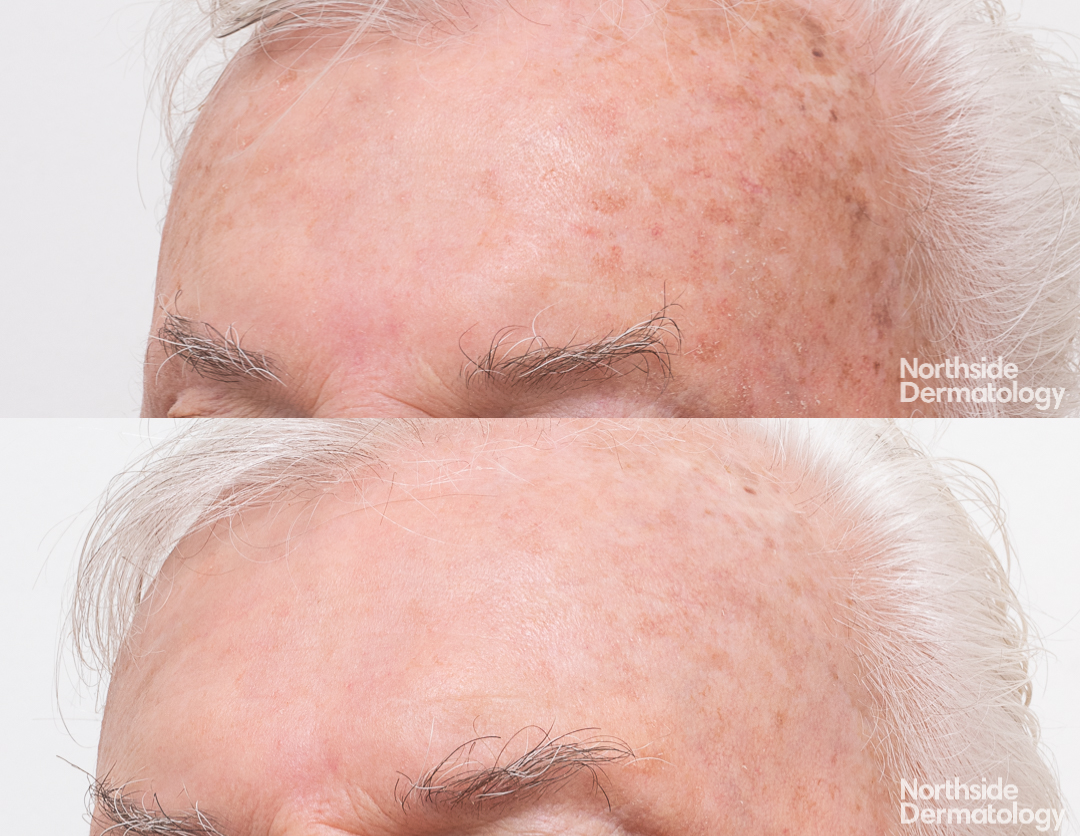
Before and after photos after 1 session of CO2 resurfacing for rhinophyma
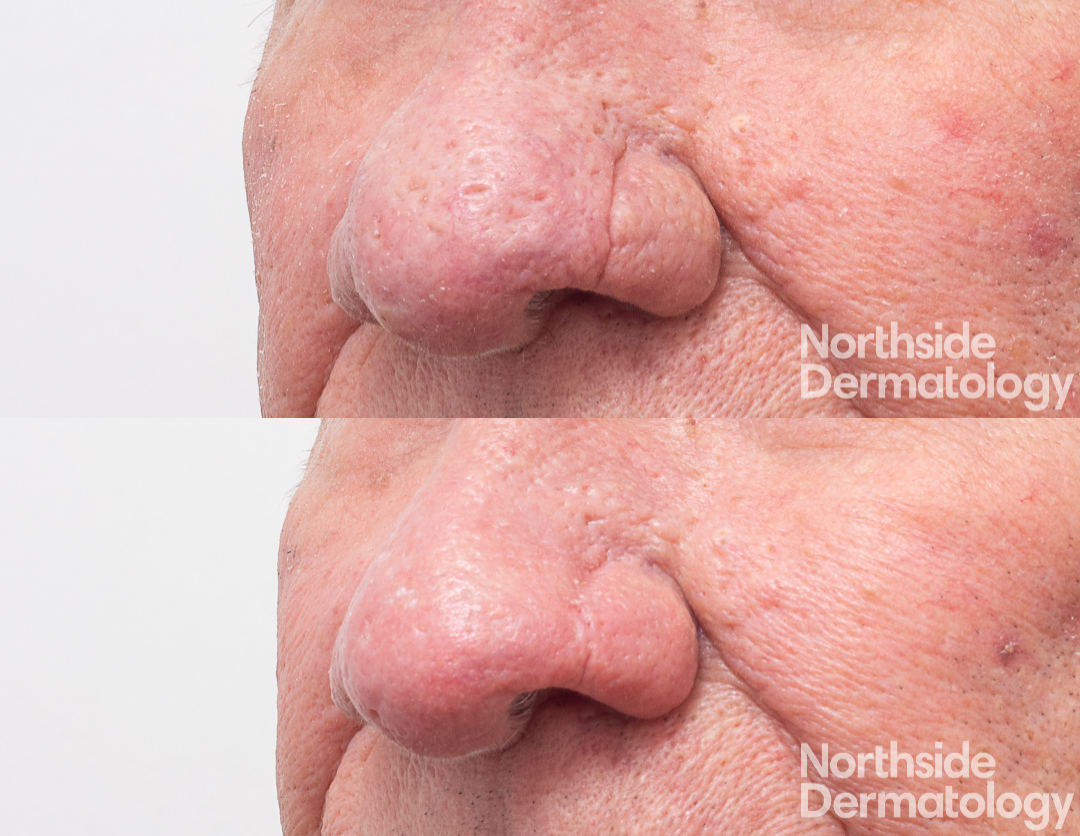
Before and after photos following 1 session of co2 for upper and lower eyelid resurfacing
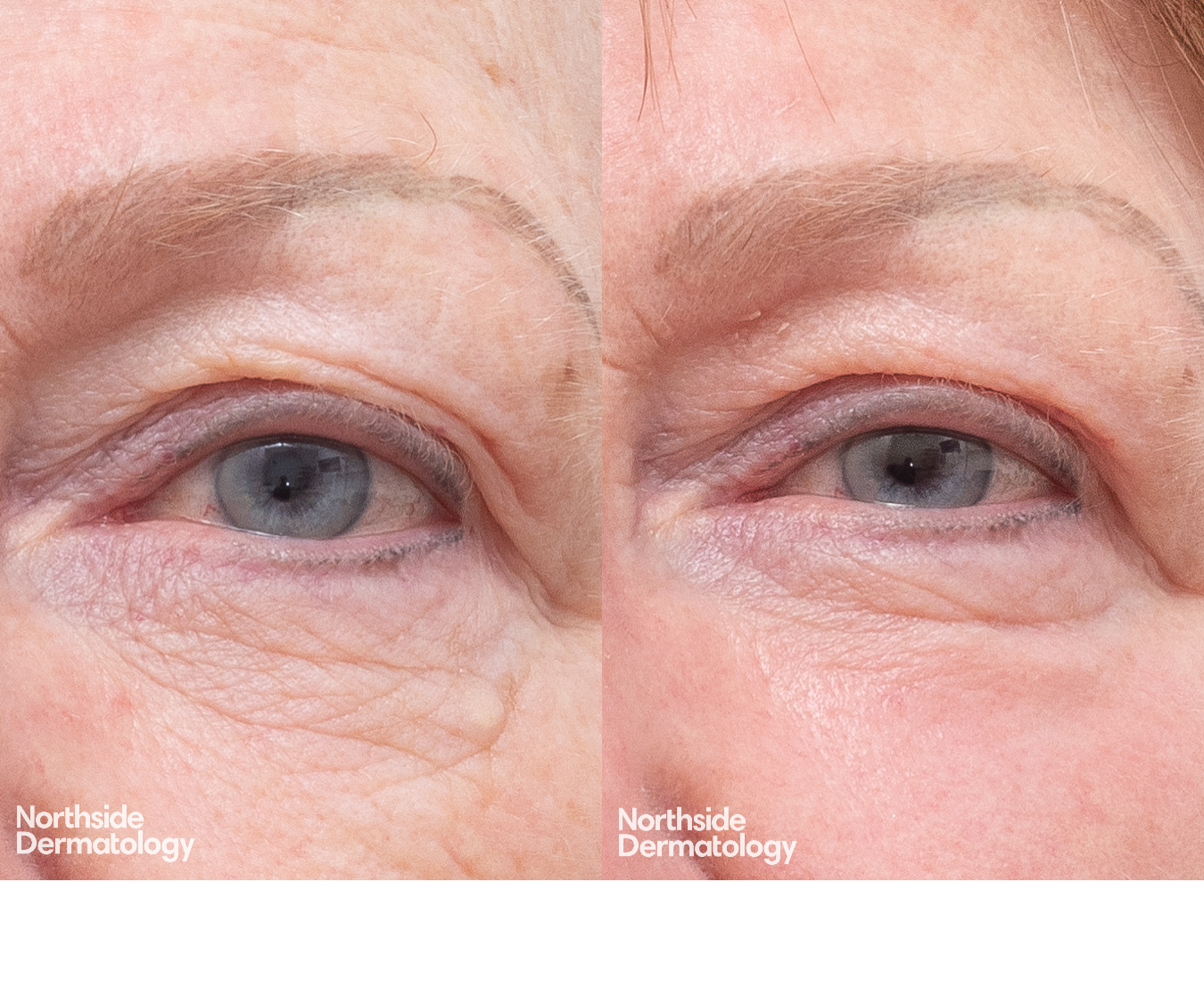
Before and after photos 2 months after Hybrid lasers – A combination of high-density 1927nm thulium laser and low-density eCO2 laser resurfacing. Note the improvement in the deep wrinkles on the cheeks, overall skin texture and radiance. The skin will continue to improve for up to 9 months after a laser resurfacing procedure. No fillers were used here.
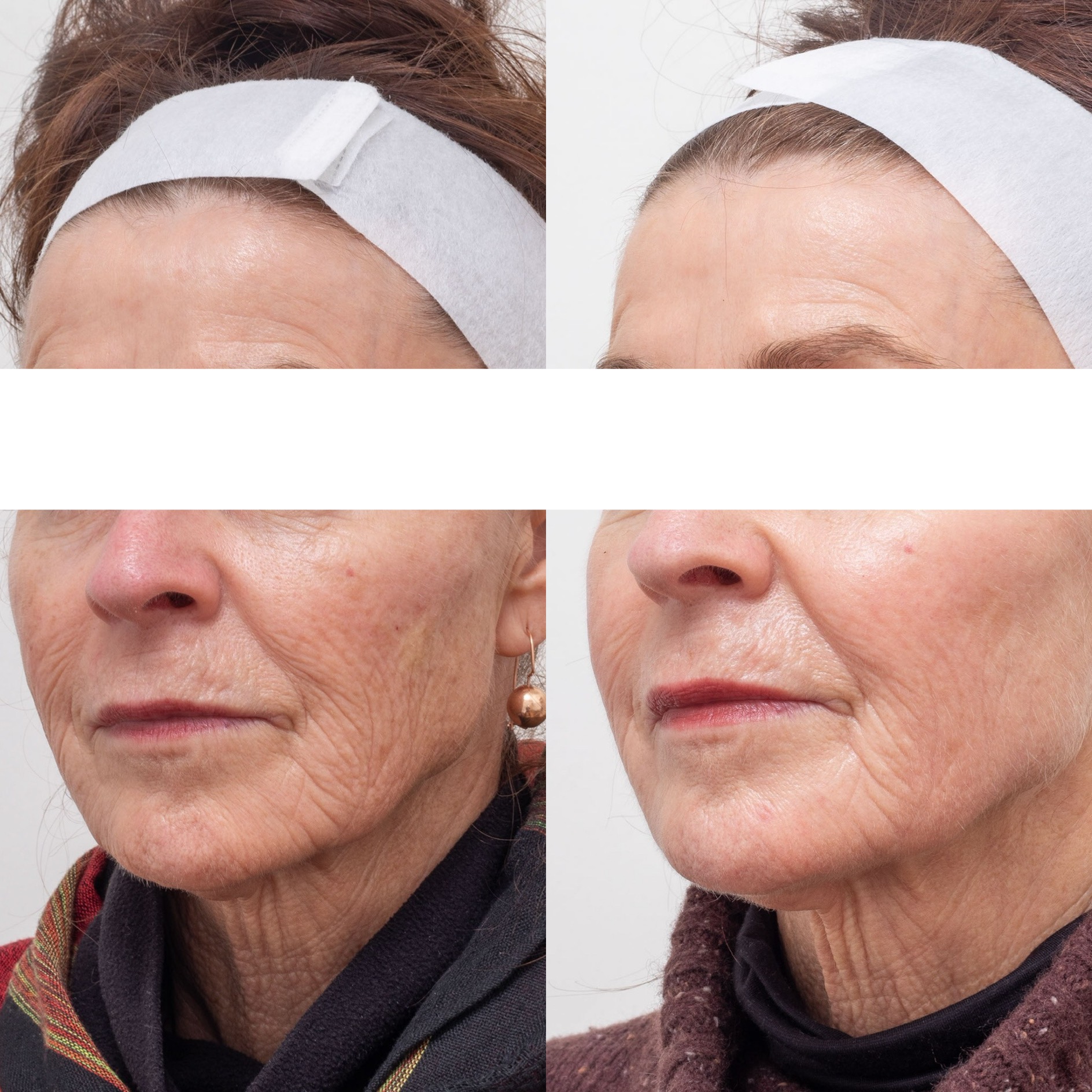
Actual patient of Northside Dermatology. Photos are taken with our standardised clinical photography system and published with the patient’s consent. Individual results may vary. A thorough consultation is required prior.
Before and after photos 6 weeks after co2 laser for a punch elevation scar for correction of chickenpox scar on the foreheaad
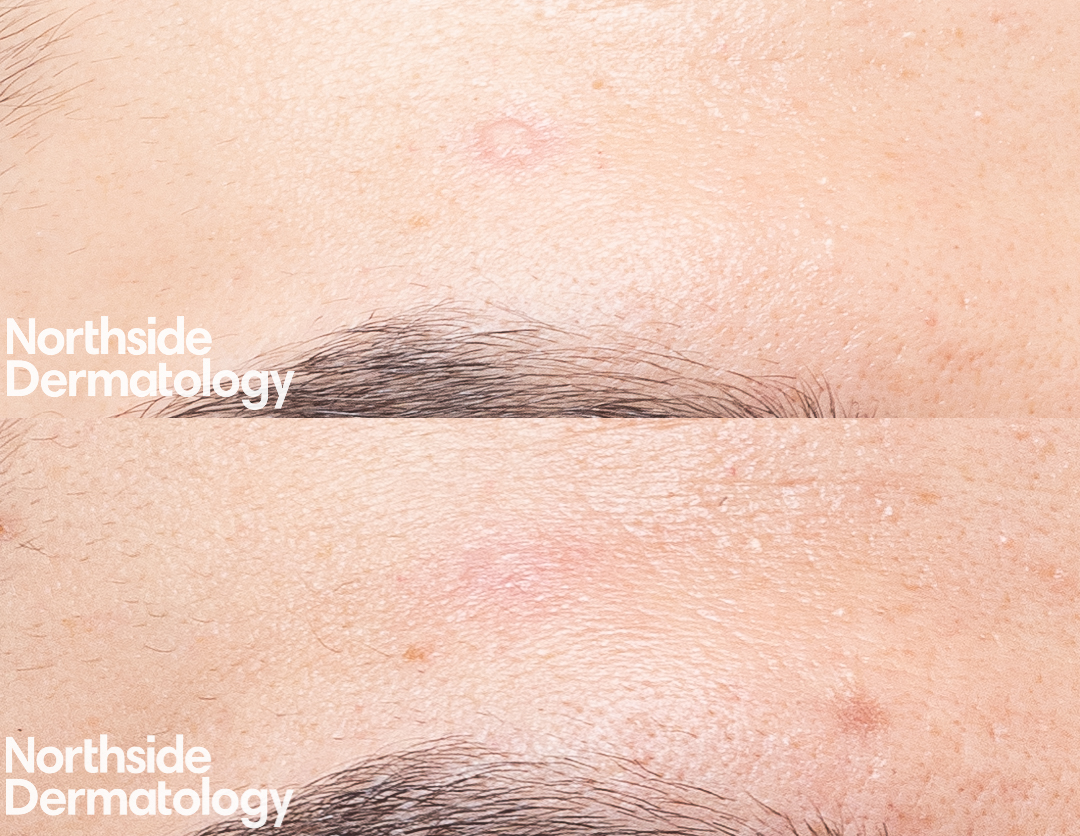
Before and after photos 6 weeks after one session of co2 laser for acne scarring
B and A after 2 sessions of co2 laser resurfacing for acne scarring (After photo taken 2 months after the second session of co2)
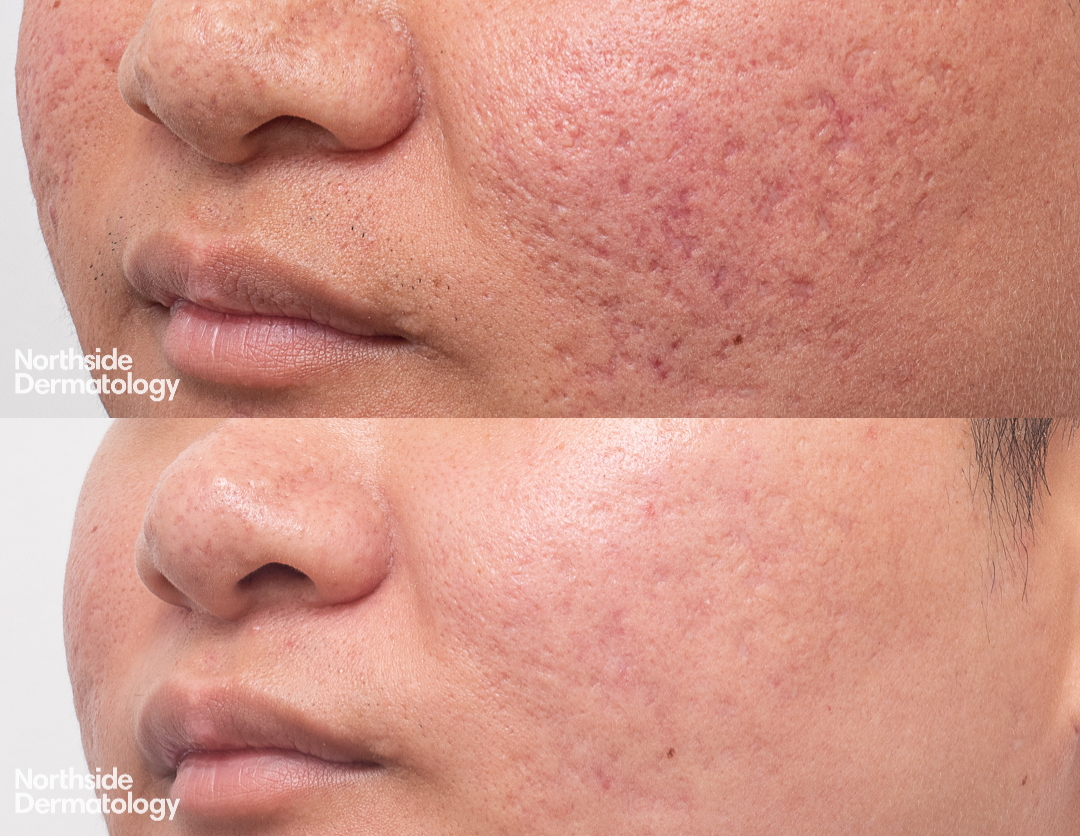
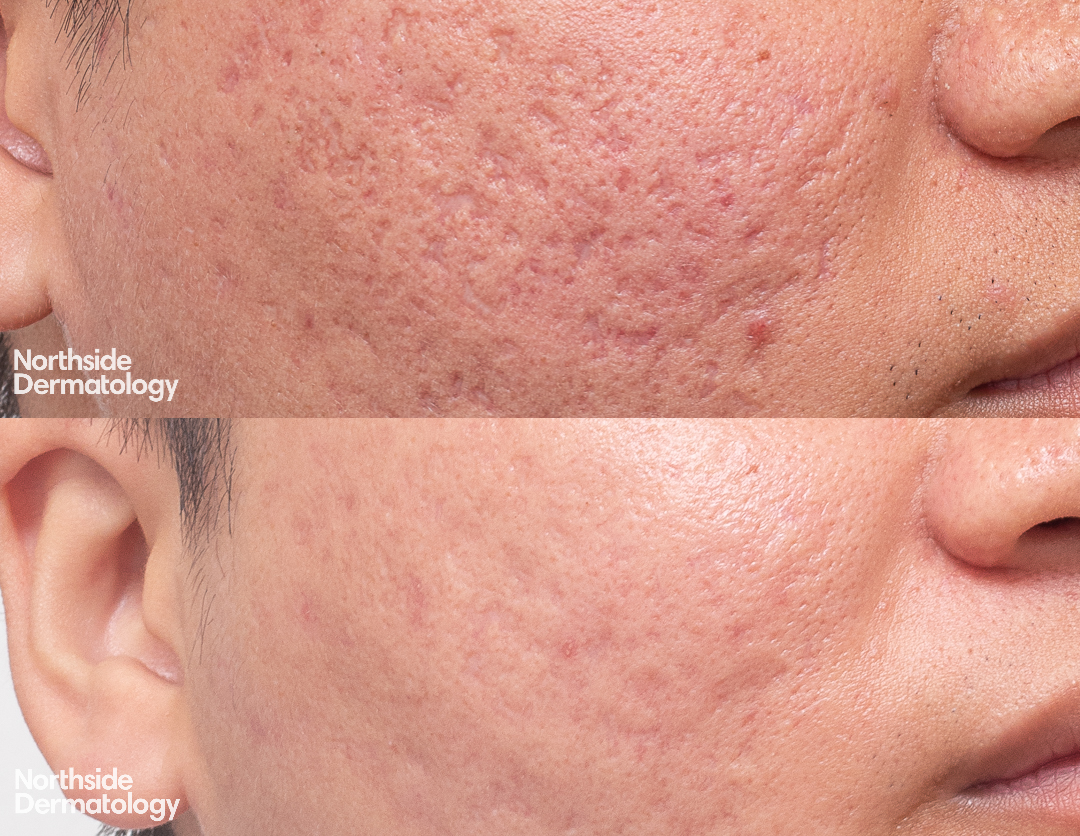
B and A laser 2 months after 1 session of co2 laser. No anti wrinkle injections here.
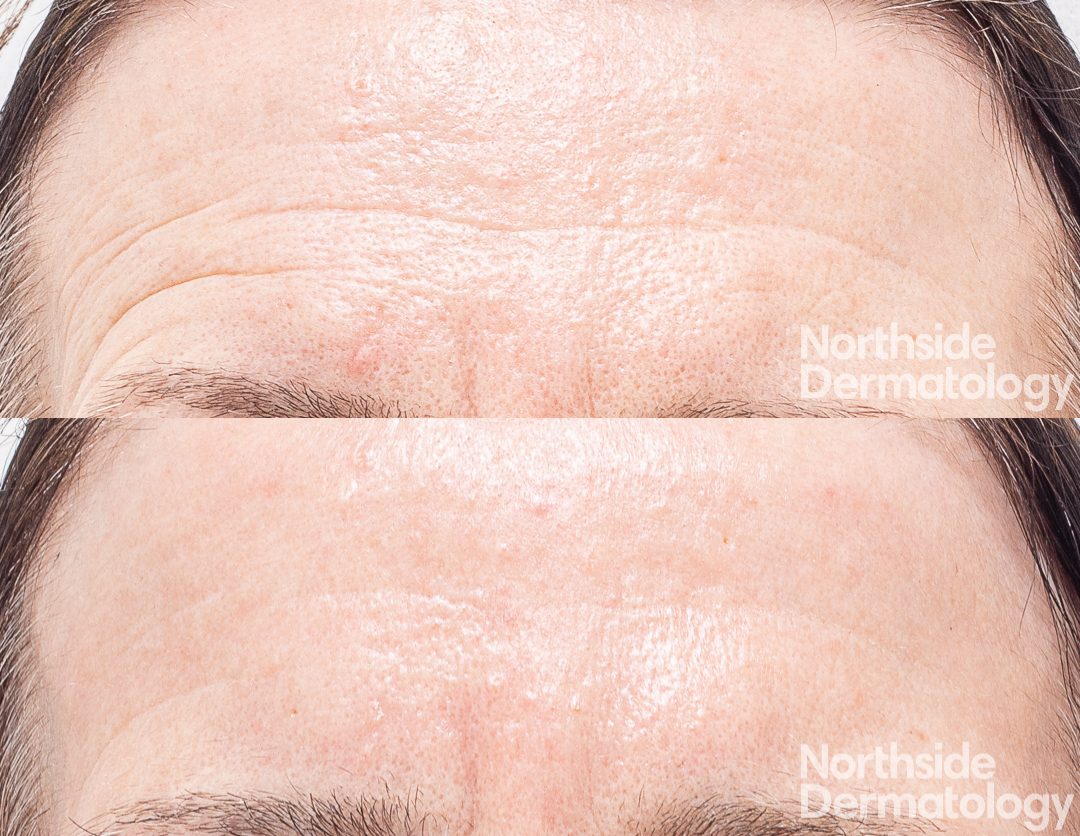
What Is the eCO2 Laser?
eCO2 is a fractionated CO2 laser system. This ablative laser can deliver significant skin resurfacing outcomes for patients seeking to improve wrinkles, scars, pigmentation and many other skin issues. It is a newer and safer improvement on traditional CO2 laser skin resurfacing. With smart technology that optimises delivery of the laser bursts, patients often experience improved comfort, fewer risks and faster recovery times compared to other laser treatments.
How Does eCO2 Work?
Fractional laser resurfacing appeals to a variety of patients, from those who want more significant results to those who only need to repair light damage. The procedure reduces skin imperfections while simultaneously promoting collagen regeneration for long-term, visible improvements in the skin’s texture, tone and colour.
Fractionated laser technology selectively targets a fraction of the skin in the treatment area, leaving small micro-wounds surrounded by untouched tissue. The body’s natural healing process responds to these wounds by creating new tissue and collagen to restore the skin.
What Conditions Can Be Treated With eCO2?
- Skin resurfacing and rejuvenation
- Wrinkles, rhytids and fine lines
- Scars (including acne scars, surgical scars and burn scars)
- Skin laxity
- Pigmented lesions and lentigines
- Textural irregularities
- Large pores
- Transepidermal drug delivery
- Dyschromia
- Solar/Actinic elastosis
- Rhinophyma
- Syringoma
- Seborrheic keratosis
- Actinic keratosis
- Actinic cheilitis
- Angiofibromas
- Pearly penile papules
- Fordyce spots
- Xanthelesmas
What Are the Differences Between eCO2 and Other Fractionated CO2 Treatments?
The eCO2 system has several advantages over other treatments in this category.
Sustained High-Powered Char-Free Laser Beam
eCO2 is built with a patented technology called coherent RF excited CO2 tubes. This technology produces deep and char-free (clean) ablation that is associated with little collateral tissue damage. With the ability to control thermal damage, providers can adjust and customise treatments to each individual’s needs. For the patients, this means deeper ablation with less swelling, quicker recovery and more significant results.
Deeper Ablation:
eCO2 can deliver up to 2.5mm of ablation depth, compared to other CO2 lasers which tend to be more limited in depth of ablation. This is useful in treating acne scars and deep rhytides.
Multiple Modes:
The eCO2 system has two modes. Dynamic Mode eliminates the checkerboard look of other CO2 systems by allowing continuous firing while moving, creating an ‘airbrushing’ effect. To treat large areas or eliminate demarcation lines, Dynamic Mode provides faster treatments and a more natural look. Static Mode allows clinicians to use a traditional ‘stamping’ technique, enabling the precise delivery of laser energy without the need for multiple passes some other CO2 lasers require.
Controlled Chaos Technology:
The eCO2 features patented Controlled Chaos Technology™ (CCT), an algorithm to pseudo-randomly deliver each laser beam and place maximum distance between sequential beams. This technology maximises heat dissipation between shots. The result is an improved safety profile with a reduction in post-treatment discomfort and faster healing time with an unparalleled fractional resurfacing result.
How Should I Prepare for My eCO2 Treatment?
In the lead-up to your eCO2 treatment, be extremely diligent about sun protection. Apply sunscreen regularly and limit time spent in direct sunlight. Your dermatologist may prescribe a skin lightening cream to use for four weeks prior to the procedure. These steps reduce the risk of developing unwanted pigmentation after the treatment.
What Should I Expect During Treatment?
You will be prepared for the procedure with a thorough skin cleansing and a topical anaesthetic cream. You will also be given eye protection to wear during the treatment. Your clinician will then carefully scan the laser handpiece over the targeted area. You will feel a prickly sensation, often compared to the snap of a rubber band, on your skin. You will also hear the sound of the fume extractor (air suction). Depending on the scope of the procedure, laser skin resurfacing typically takes between 15 minutes and 40 minutes to complete.
Watch a Co2 resurfacing treatment
Is It Painful?
Everyone experiences discomfort to varying degrees. Your clinician will determine how to minimise your discomfort during the procedure. Topical anaesthetic is applied and sometimes oral medications are prescribed. A cooling device (Zimmer cooler) can also be used to improve comfort. Administering a nerve block is another option that completely numbs the area being treated.
What Are the Side Effects?
After an eCO2 laser treatment, you may experience the following:
- Redness
- Swelling
- Serous discharge
- Peeling
- Infection
- Pigmentary changes (redness, darkening or lightening)
If you are prone to cold sores, please notify your clinician. Your dermatologist will prescribe prophylactic antiviral tablets. Your doctor may also test you for staph carriage and prescribe an appropriate treatment prior to the resurfacing procedure to reduce the rate of infection.
eCO2’s fractionated technology lowers the risk of pigmentation changes. Pre-treatment preparation of your skin further reduces the chance of these side effects.
What Is Recovery Like After eCO2 Treatment?
The recovery for most patients after eCO2 laser treatment ranges from one to two weeks.
First phase: Upon completion of the treatment, patients typically feel some discomfort in the treated area. Your skin will be swollen and red and may ooze serous fluid. These conditions last for the first two to three days.
Second phase: Over days three and four, the redness fades and the skin starts to feel tight and dry. It may begin to peel. At this stage, you can resume wearing makeup.
Third phase: In the final stage of recovery, the peeling finishes. Redness can persist and your skin may feel a little sensitive, but you can resume most activities. Complete recovery is expected within seven to 10 days.
Light, superficial laser treatments require minimal to no downtime. Expect a longer recovery period if the treatment is more aggressive for deeper scars and wrinkles. Your doctor will discuss recovery expectations with you during your consultation. The treatment settings can be tailored to your tolerance of downtime.
Here is the documentation of the recovery process following a medium to high density CO2 laser. Before, day 1 post-treatment, day 2 post-treatment and day 8 post-treatment.
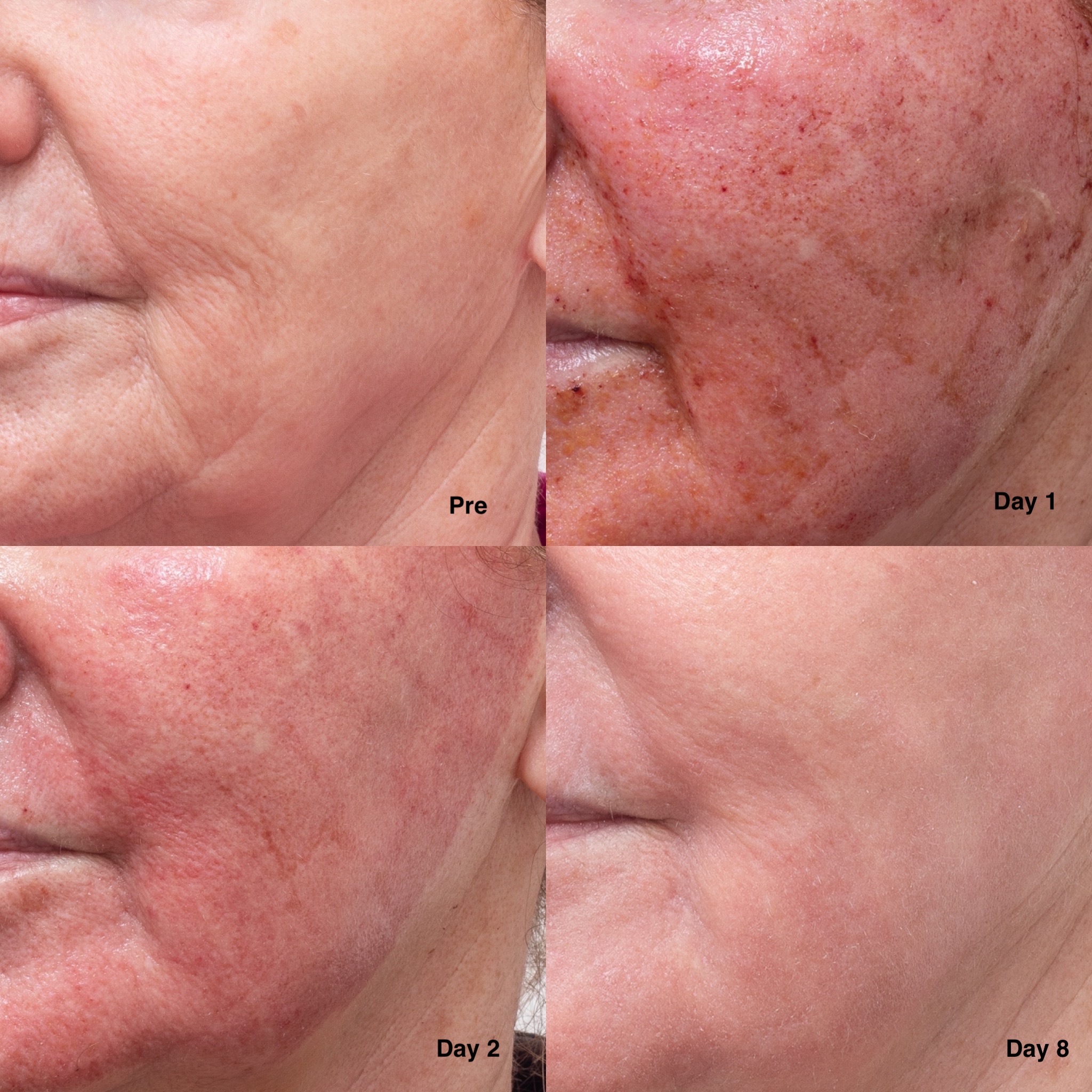
Here is the documentation of the recovery process following high-density laseMD Ultra and low-density CO2 laser. Before, day 1 post-treatment, day 7 post-treatment and 6 weeks post-treatment.

Actual patient of Northside Dermatology. Photos are taken with our standardised clinical photography system and published with the patient’s consent. Individual results may vary. A thorough consultation is required prior.
How Should I Care for My Skin After CO2 Resurfacing?
Be gentle with your skin as it recovers from CO2 resurfacing. Apply plain emollients or silicone gel with a mild antiseptic component to keep it clean and moisturised. Wear sunscreen daily. Do not use products with active ingredients, like vitamin A or alpha hydroxy acid (AHA), until your skin completely recovers.
Your dermatologist may prescribe a topical serum to aid the healing of the micro-wounds. Depending on your treatment goals, your dermatologist may also recommend using a topical antioxidant post-procedure to maximise its absorption and effects.
Your dermatologist may use Healite 830nm LED light to accelerate wound healing and reduce downtime. This may be done every 24 to 48 hours after the resurfacing procedure until your skin is completely healed.
When Will I See Results?
New skin will appear within a few days. The eCO2 laser leaves skin feeling smoother, firmer and younger while improving the appearance of photodamage and other unwanted pigment. Your skin improvements will continue over six to nine months as new collagen builds and replaces old collagen. Often only one treatment is required to achieve significant improvements in skin tone, colour and texture. More treatments may be required to achieve specific goals.
How Should I Care for My Skin Long Term After CO2 Resurfacing?
Your result will be as good as your long-term aftercare. To maximise the benefits of your CO2 resurfacing treatment, the dermatologists who consult at Northside Dermatology recommend:
- Sun protection
- Active skin care
- Maintenance resurfacing treatments — This depends on individual needs. Your dermatologist will discuss this with you and create a personalised treatment schedule.
Is eCO2 Safe?
Fractional laser treatments have enjoyed popularity with physicians and patients worldwide for well over a decade. The eCO2 laser is designed with advanced operating features to provide you and your provider with minimal risk during the procedure. Lighter eCO2 treatments are performed by our dermal clinician. More advanced eCO2 treatments are performed by Dr Liu.
How Does eCO2 Differ From Nanofractional RF Resurfacing?
eCO2 allows us to use more advanced settings and achieve deeper ablation. Because it can be quite a powerful treatment, it can effectively treat deeper wrinkles, more extensive sun damage and more significant acne scars. Substantial improvements can be achieved with just one treatment session.
Nanofractional radiofrequency (RF) is a non-surgical resurfacing treatment used to induce tissue remodelling and stimulate collagen and elastin production. It is a gentler treatment with a quicker recovery period, and typically requires a series of sessions to achieve optimal results. Nanofractional RF resurfacing is more appropriate for patients with skin of colour, shallower acne scars and superficial lines.
How Does eCO2 Differ From LaseMD Ultra?
LaseMD Ultra is a 1927nm non-ablative fractional thulium laser. Non-ablative lasers use wavelengths of light that penetrate into deeper layers of the skin. The heat generated by the laser triggers collagen remodelling, which encourages cellular turnover and treats superficial imperfections like sun spots and pigment irregularities without altering the skin’s surface. This technology makes LaseMD Ultra a relatively comfortable, low-downtime resurfacing treatment.
eCO2 is an ablative laser. Ablative lasers remove the top layers of the skin. By removing damaged skin cells, ablative lasers encourage the skin to replenish itself and minimise textural irregularities. This is a more aggressive treatment that requires more recovery time, but it is capable of treating deeper concerns and producing more dramatic results.
The LaseMD Ultra and eCO2 lasers work in synergy and are often used together in a single treatment for comprehensive rejuvenation.
What Is the Dermatologist’s Perspective on eCO2?
CO2 laser is the gold standard in skin resurfacing. It allows dermatologists to treat sun damage, wrinkles and acne scars with unparalleled precision and predictable results.
The ability to treat a fraction of the skin at a time, the paintbrush-like delivery of the CO2 laser energy and the Controlled Chaos Technology on the eCO2 laser allows us to treat our patients’ concerns with more comfort, quicker recovery and more natural results.
It is our go-to for patients who can tolerate a week or two of downtime and who want to see significant results in their skin after one laser session.
If you’d like to learn more about how the eCO2 laser can revitalise your skin, please contact Northside Dermatology on 03 8582 8688 to request a consultation.
Contact Us
Hours of Operation
Monday - Friday, 9am-5pm
Phone Number
Fax Number
Emails
Medical Enquiries:
reception@northsidedermatology.com.auLaser & Cosmetic Enquiries:
cosmetic@northsidedermatology.com.au
